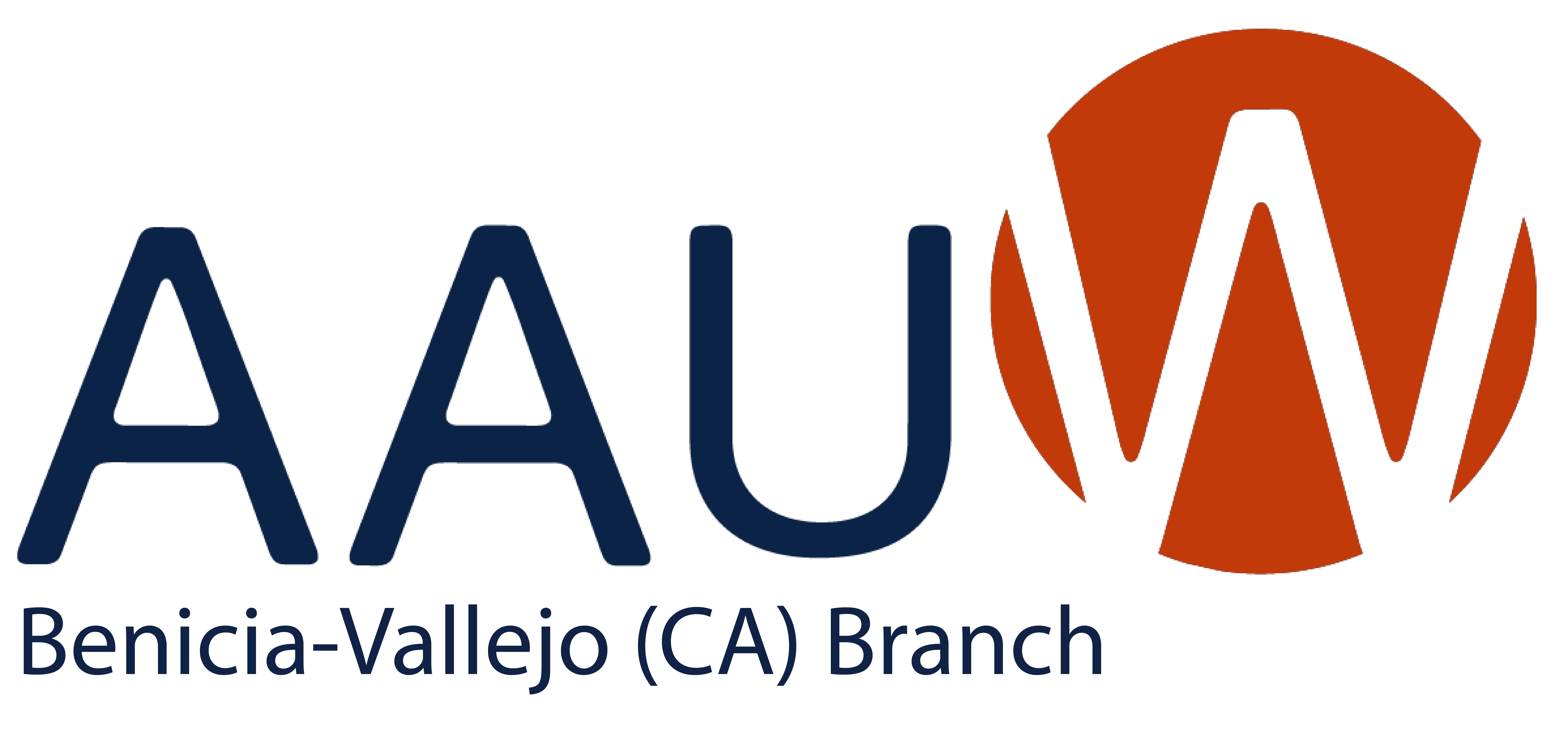Benicia-Vallejo AAUW
Benicia-Vallejo AAUW is a local branch of the American Association of University Women, a national organization that advances equity for women and girls through advocacy, education and research. Our branch raises funds and sponsors middle school girls to summer STEM camps, facilitatesprograms featuring discussion of issues facing women and girls,and holds social events. Membership provides opportunities for personal and professional growth, community networking and friendship. We invite women and men with an associate or equivalent degree or higher from an accredited college or university to join us in our efforts to promote equity and education. Students enrolled as undergraduates in regionally accredited educational institutions can join as student members. Come and check out one of our activities!
Find out more about Tech Trek!
To find our upcoming activities visit the upcoming events page!
Also take a look at us in action!
California AAUW
The American Association of University Women of California has over fourteen thousand members in local branches, along with our college and university partner members. AAUW-CA is a part of the American Association of University Women, headquartered in Washington, D.C. AAUW-CA has nearly 13,000 members in 140 branches in communities throughout California, as well as an online branch. The Find-a-Branch page includes links to an alphabetical list of branches and to a separate list of branches by district. Branches are run independently with guidance from the state and national organization and they set their own priorities within those guidelines.
AAUW National
Mission: AAUW advances equity for women and girls through advocacy, education and research.
Vision Statement: AAUW will be a powerful advocate and visible leader in equity and education through research, philanthropy and measurable change in critical areas impacting the lives of women and girls. What started out as the Association of Collegiate Alumnae in 1881 has grown into a powerful nationwide network. In 1881, Marion Talbot and Ellen H. Richards invited 15 other women who had college degrees to a meeting in Boston to discuss creating an organization where women would join together to open doors of higher education to other women and to find greater opportunities to use their training. AAUW is now celebrating 130 years with more than 100,000 members in 1,000 branches.
The organization includes both a section 501(c)(3) public charity, the primary membership organization, and the AAUW Action Fund, a smaller section 501(c)(4) social welfare organization that may engage in limited activities related to member activism and voter education.
California Online Branch
The California Online Branch is a branch of the American Association of University Women that began in 2001 as an experiment in establishing a “virtual” community. As with all AAUW branches, the online branch is dedicated to promoting AAUW’s mission to promote equity for all women and girls, lifelong education, and positive societal change.
